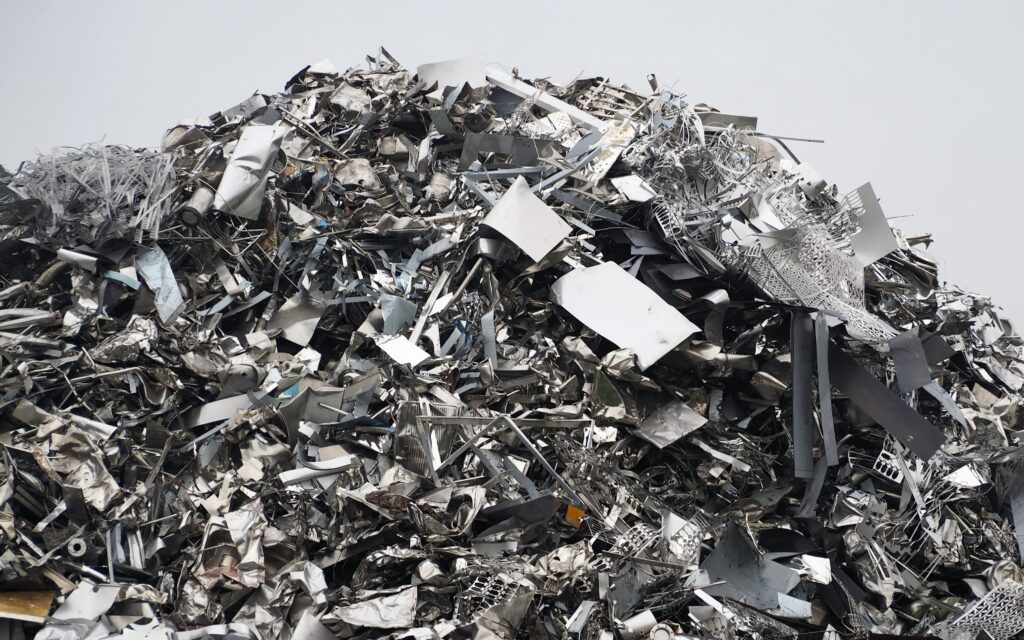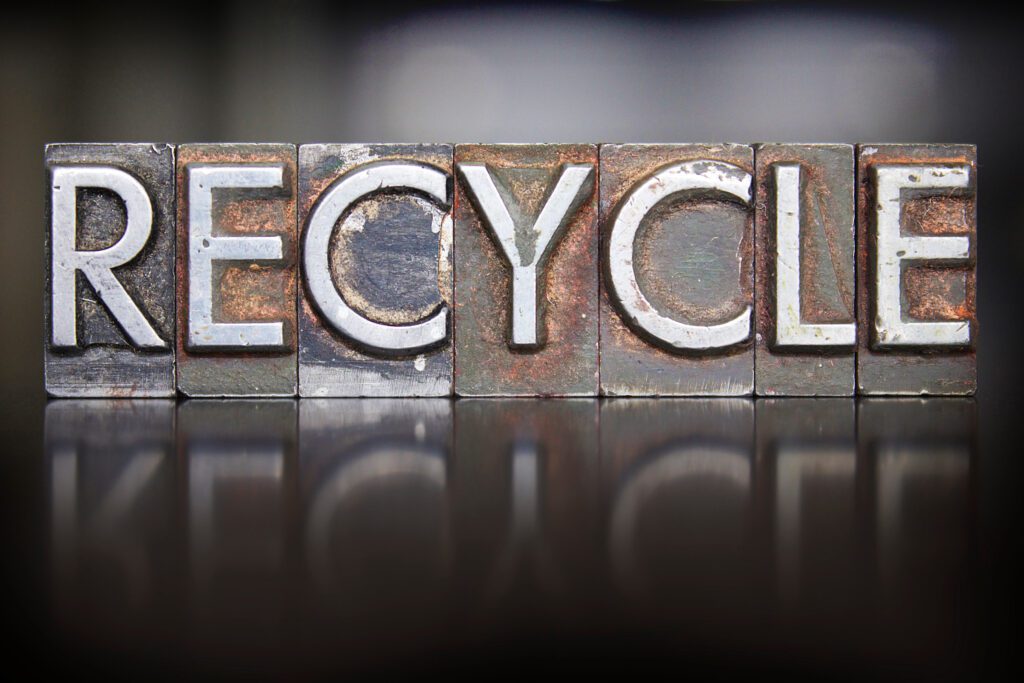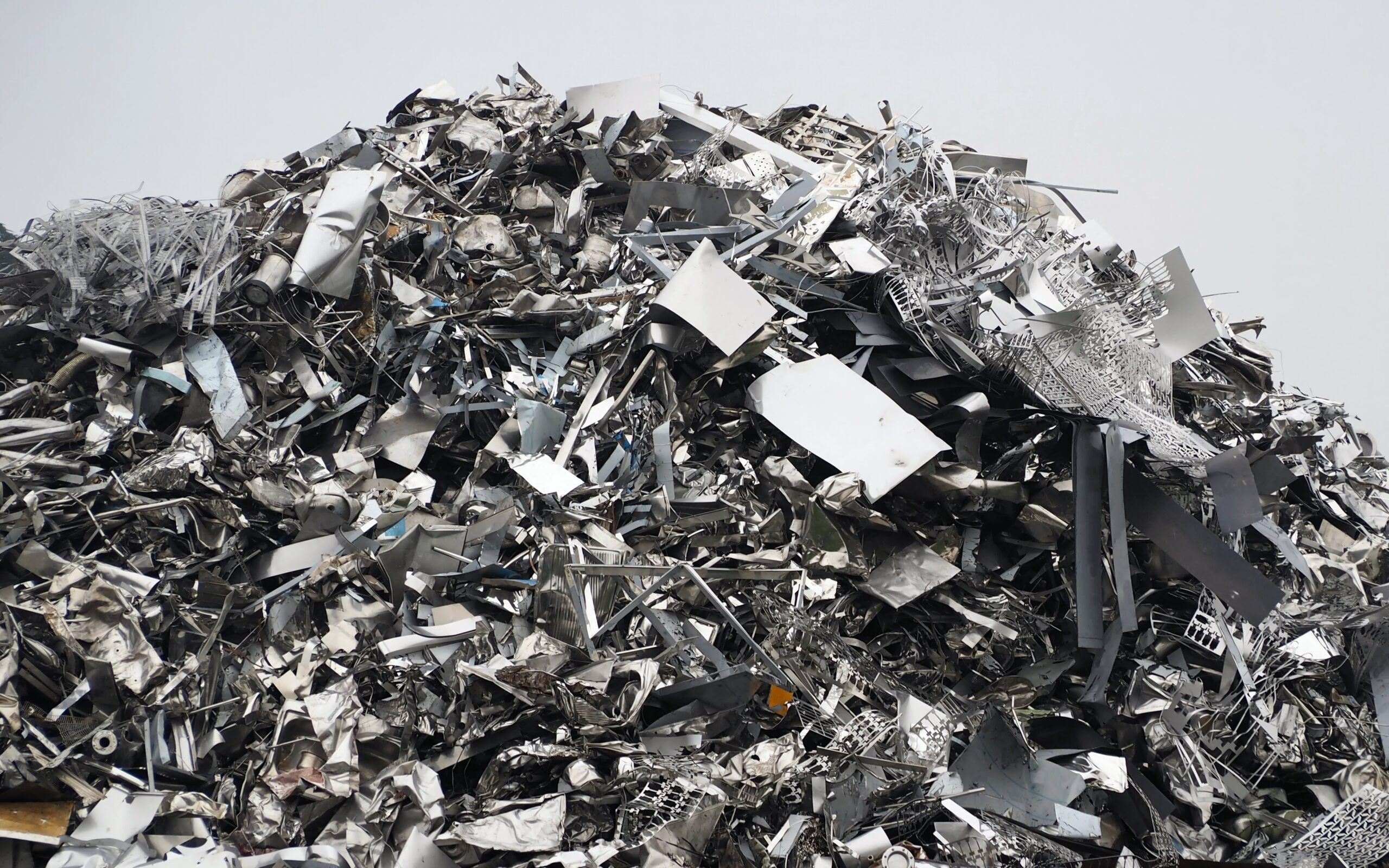Recycling Challenges and Innovations in Stainless Steel Waste Management
Stainless steel's longevity, strength and resistance to corrosion make it an indispensable material in construction, transportation and everyday consumer products. Despite its robust properties, the increase in stainless steel consumption has led to a parallel increase in waste production, highlighting the importance of stainless steel recycling in promoting sustainability and resource efficiency. In this comprehensive blog post, we cover the current challenges facing stainless steel waste management, the latest technological advances, the changing landscape of policies and industry collaborations, successful case studies, and promising innovations that point to a greener future for stainless steel recycling.
The Imperative of Stainless Steel Recycling

Stainless steel is a highly sought-after material known for its durability and aesthetic appeal, leading to its widespread use in a wide range of industries. What many people overlook is the enormous energy and raw materials required for its production.
Why is it important?
Paslanmaz çelik, temel bileşenini oluşturan demir ve paslanmaz özelliklerini artıran en az %10,5 kromdan oluşan bir alaşımdır. Nikel, molibden ve diğer elementler de üretim sırasında eklenebilir. Alaşımın benzersiz element kombinasyonu, özellikle temel bileşenlerinin çıkarılması ve işlenmesi sırasında önemli miktarda enerji ve hammadde tüketen karmaşık bir üretim süreci gerektirir.
Energy and Resource Intensity
Stainless steel production typically involves processes such as melting, refining, and forming and finishing into various forms, all of which contribute to its high environmental footprint. According to the International Stainless Steel Forum, the industry is actively reducing energy intensity and emissions per tonne of stainless steel, but the overall growth in consumption underscores the need for a comprehensive management approach that includes recycling.
Environmental Impact
The environmental impacts of stainless steel production can be significant, including greenhouse gas emissions, water pollution from metal processing, and consumption of various resources such as water and air. Recycling offers a concrete solution to reduce these impacts, reducing energy use, carbon emissions and pressure on natural resources.
Current Challenges in Stainless Steel Waste Management
Recycling stainless steel poses several challenges that, if addressed, can significantly increase the efficiency of recycling processes. These challenges are multifaceted and include awareness, infrastructure and technological capacity.
Lack of Awareness and Infrastructure

A significant obstacle to effective stainless steel recycling is the lack of public awareness and appropriate infrastructure. Many consumers are unaware of the importance and possibility of recycling stainless steel, leading to its improper disposal in landfills. Additionally, existing recycling infrastructure in many regions is inadequate to handle the unique properties and composition of stainless steel.
Contamination and Sorting Challenges
Stainless steel is often contaminated with other materials, making proper separation and recycling complex and expensive. The presence of non-stainless components in recycled metal batches reduces the purity of the final product, affecting its quality and performance in subsequent uses.
Economic Viability
The value of recycled stainless steel may fluctuate depending on market demand, metal purity and other economic factors. These fluctuations can impact the economic viability of stainless steel recycling operations, pose a challenge for material recovery facilities, and deter investment in advanced recycling technologies.
Technological Developments in Recycling
To overcome the challenges of stainless steel recycling, the industry is witnessing significant advancements in technology. These innovations improve the separation, recovery and reprocessing of stainless steel waste, leading to more efficient and sustainable practices.
Advanced Sorting and Separation Technologies
The latest separation technologies, including electromagnetic and magnetic separation, are becoming more sophisticated and allow stainless steel to be removed from mixed materials with greater precision and speed. These developments reduce dependence on manual labor and increase material purity.
Innovative Recycling Processes
Innovation is driving the development of new recycling processes, many of which focus on the recovery of specific elements within stainless steel. Processes such as electrowinning and hydrometallurgical processes, which extract metals from a solution using electricity, show promise in the efficient recovery of valuable materials.
Recovery of Valuable Materials
Recycling stainless steel is not only about recovering iron and chromium, but also about potentially reusing nickel, molybdenum and other alloying elements. With the right technology, these valuable materials can be recovered and reintroduced into the production process, adding another layer of sustainability to stainless steel recycling.
Policy Developments and Sectoral Collaborations
The success of stainless steel recycling also depends on the regulatory environment and collaborative efforts within the metals industry. Both government policies and industry initiatives can create an enabling environment for higher recycling rates and better material recovery.
Government Regulations and Incentives
Some governments impose strict regulations and offer incentives to encourage stainless steel recycling. These could include landfill bans, tax benefits for recyclers or support for research and development in recycling technologies.
Industry Initiatives and Partnerships
The metals industry is witnessing an increase in collaboration between stakeholders, including manufacturers, recyclers and technology providers. These partnerships often lead to knowledge sharing, funding for research, and the establishment of best practices for recycling stainless steel.
Extended Producer Responsibility
The concept of extended producer responsibility (EPR) is gaining ground as a framework that holds manufacturers accountable for the end-of-life management of their products, including recycling. EPR programs can encourage innovation in design for recycling and help ensure a closed-loop system for stainless steel materials.
Case Studies and Success Stories
To take action and showcase the potential of stainless steel recycling, several successful case studies and success stories have emerged. These real-world examples highlight the economic, environmental and social benefits of effective waste management and material recovery strategies.

Examples of Successful Stainless Steel Recycling Projects
Numerous projects around the world have demonstrated the successful recycling of stainless steel. Whether through community-led initiatives or large-scale industrial operations, these projects prove that it is possible to effectively meet the challenges of stainless steel recycling.
Impact on Sustainability and Circular Economy
The impact of successful recycling projects extends to broader themes of sustainability and circular economy. When recycled efficiently, stainless steel not only saves energy and reduces emissions, but also contributes to the creation of a closed-loop system in which materials are reused, extending their life cycles and reducing the need for virgin resources.
Future Innovations and Emerging Trends
Looking to the future, some emerging trends and innovations hold promise to further improve stainless steel recycling. These developments are expected to address existing challenges and open new avenues for sustainable management of stainless steel waste.
New Technologies and Processes Are on the Horizon
Researchers and innovators are investigating a range of new technologies and processes that could revolutionize stainless steel recycling. From advanced robots for material handling to chemical innovations for material separation, these developments are poised to expand the recycling industry's capabilities.
Potential for Increased Recycling Rates
As awareness of the benefits of recycling increases and technological advances mature, the potential for increased recycling rates in the stainless steel industry is significant. Higher recycling rates will lead to reduced pressure on natural resources and contribute to mitigating climate change through reduced greenhouse gas emissions.
The Role of Artificial Intelligence and Automation
Artificial intelligence (AI) and automation are set to play a pivotal role in the future of stainless steel recycling. Machine learning algorithms can improve sorting systems, while automated processes can significantly reduce operational costs and increase the efficiency of material recovery.
Conclusion: The Path to a More Sustainable Future
The challenges and innovations discussed in this article underscore the complexity and urgency of stainless steel waste management. Stakeholders can pave the way for a more sustainable future by embracing technological advances, supporting innovative policies and encouraging collaboration.
The Importance of Addressing Stainless Steel Waste Management
Stainless steel recycling is not only an environmental imperative, but also a strategic move towards a more sustainable metal consumption model. Every step taken towards effective recycling contributes to preserving our planet's resources and reducing the industrial footprint.
The Need for Constant Innovation and Collaboration
As we move forward, the need for continued innovation and collaboration in stainless steel recycling becomes more evident. Continuous efforts are required to address the challenges, optimize recycling processes and create a robust, circular system that values materials at every stage of their lifecycle.
Call to Action for Individuals and Sectors
The call to action for individuals and industries is clear: support and advocate for stainless steel recycling. We all have a role to play in the mission to improve stainless steel waste management, whether through proper disposal, supporting legislation, or investing in recycling technologies.
It is clear that stainless steel recycling is a critical component of a broader movement towards a more sustainable, circular economy. By being aware of the challenges, staying informed about the latest technological developments and supporting the necessary policies and collaborations, we can all contribute to a cleaner and greener future.
Why Should You Choose Samas?
- Quality and Durability: Our stainless steel products are precision-crafted for unmatched quality and long-lasting durability.
- Eco-Friendly: Prioritizing sustainability, our stainless steel is fully recyclable and has a low environmental impact.
- Versatile Style: Find modern kitchen appliances, stylish decor and more to beautify any space with timeless stainless steel designs.
- Easy Maintenance: Enjoy trouble-free cleaning and resistance to corrosion with our easy-to-maintain stainless steel products.
- Exceptional Service: Our dedicated team ensures a hassle-free shopping experience with prompt assistance for all your questions.
- Affordable Luxury: Access premium stainless steel products at competitive prices without compromising quality.
- Trusted Reputation: Through years of experience, we have built a reputation for excellence and reliability.
- Satisfaction Guaranteed: Your happiness is our priority. If you are not satisfied, we will fix it.
Experience the excellence of Samas Stainless Steel today.


Comments are closed